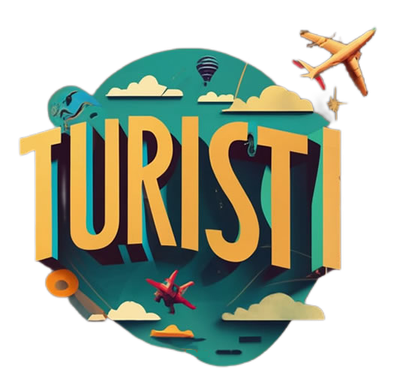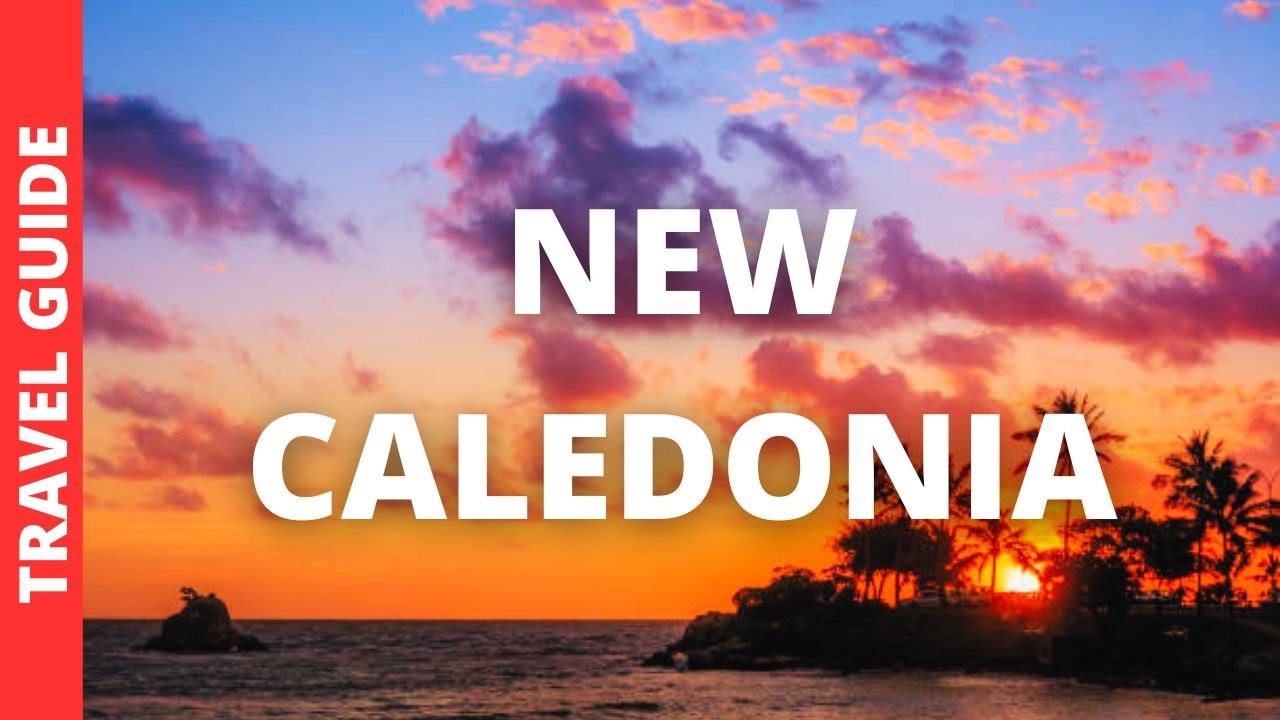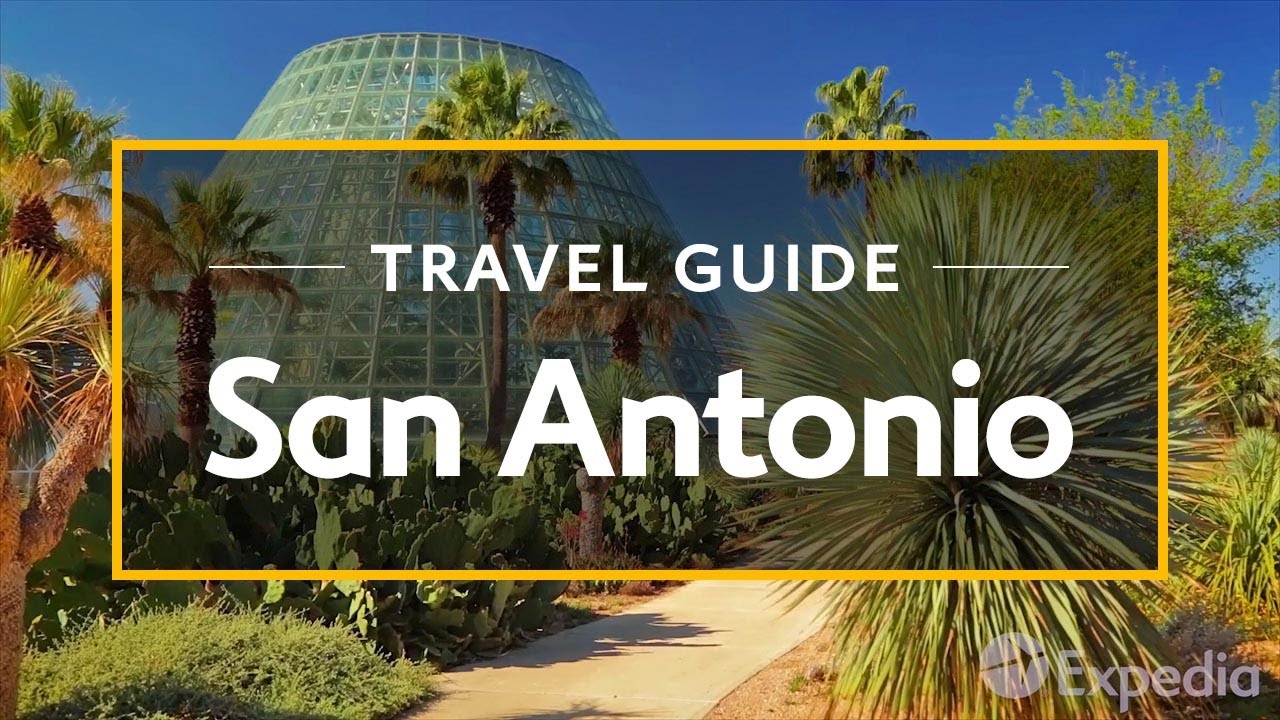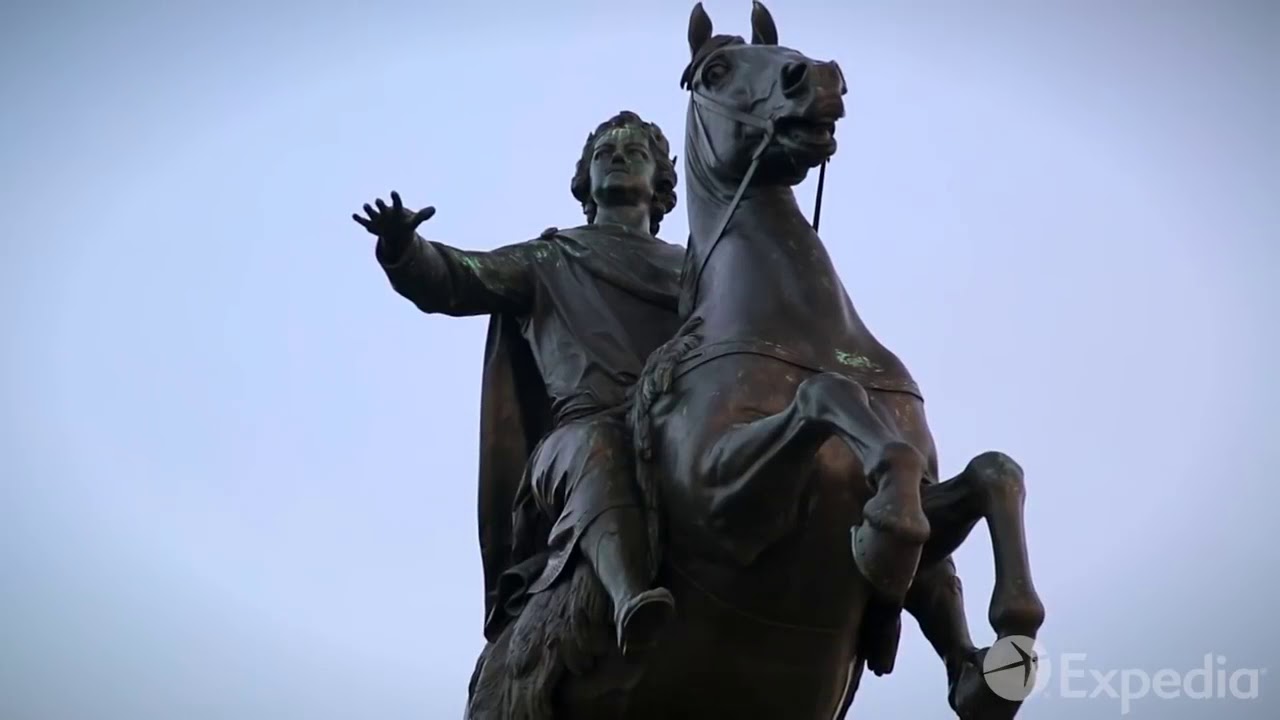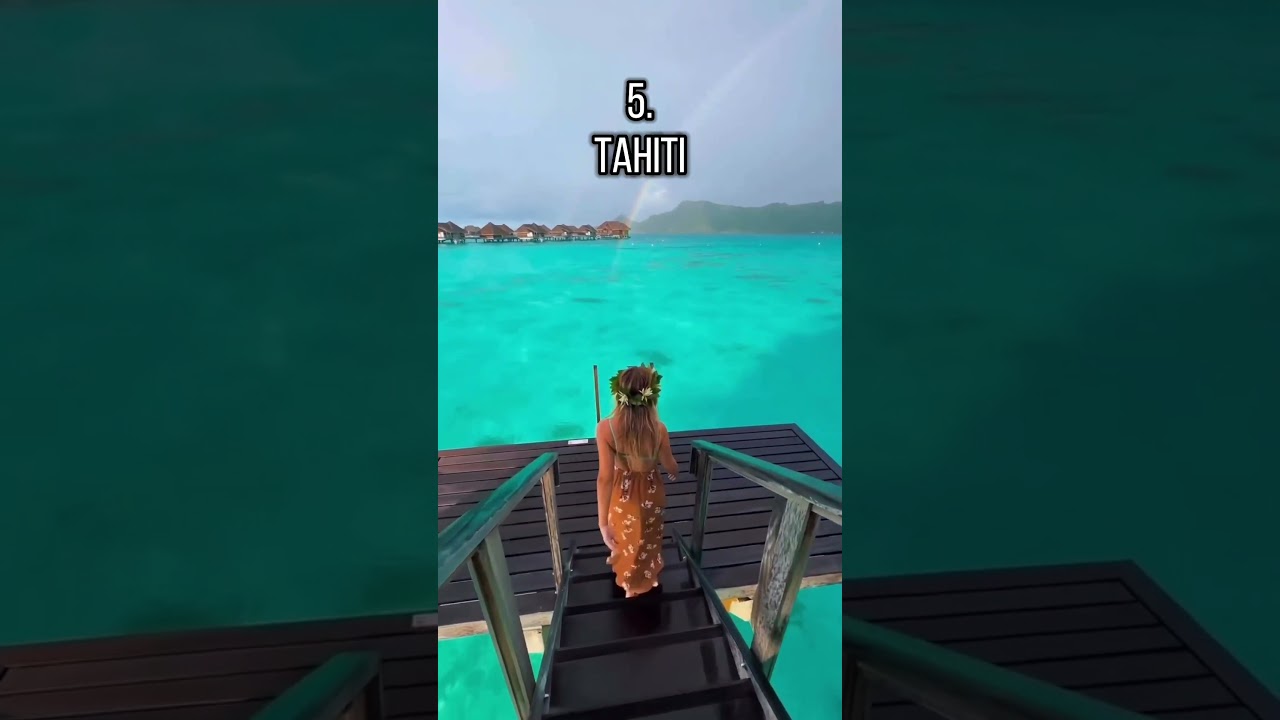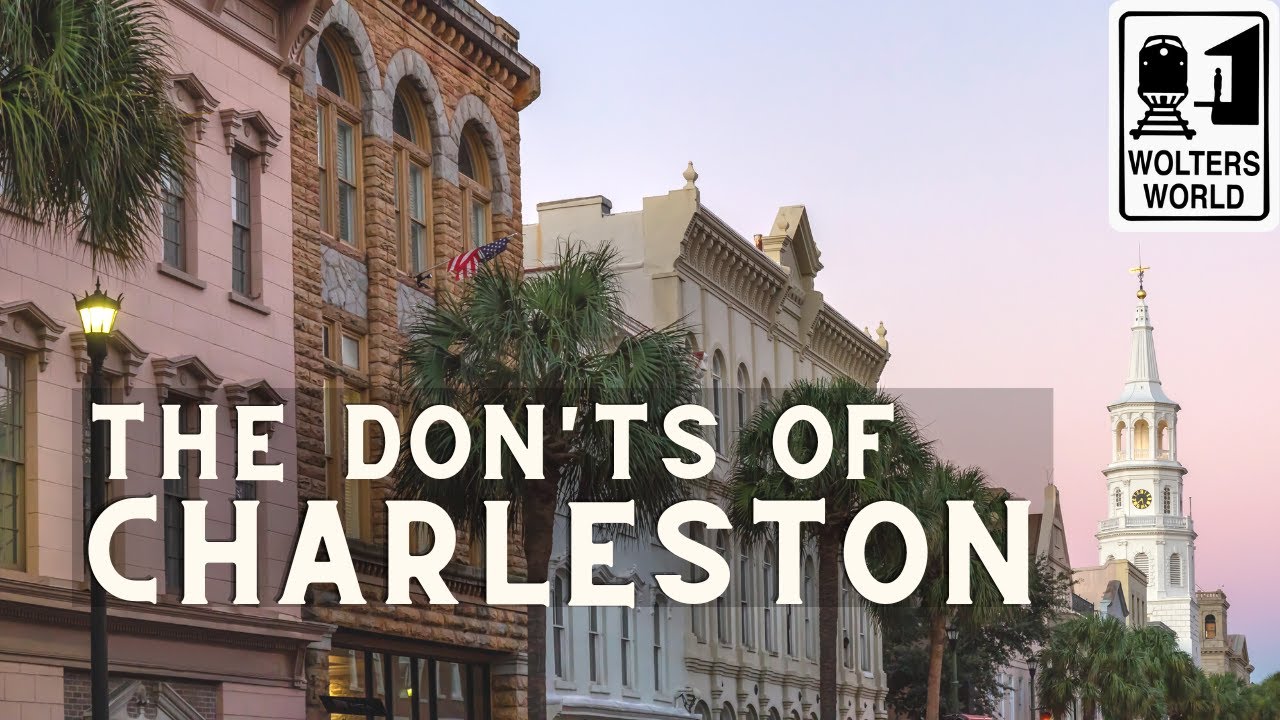Eighty-eight million years of isolation turned Madagascar into Earth’s strangest laboratory — dancing lemurs, upside-down trees, …
🇲🇬 MADAGASCAR: The World’s Strangest Island
Madagascar truly is a world unto itself. Separating from the African mainland around 165 million years ago, this massive island became a colossal natural laboratory. Due to millions of years of isolated evolution, it developed unique ecosystems and wildlife found nowhere else on Earth, earning its nickname, “The Eighth Continent.”
Here is a guide to the incredible biodiversity and travel essentials for visiting this unforgettable island nation.
I. Why Madagascar is The World’s Strangest Island
The uniqueness of Madagascar is defined by its astounding level of endemism (species unique to a specific geographic region).
-
The Lemur Kingdom: All 100+ species of lemurs—from the tiny mouse lemur to the singing Indri and the iconic Ring-Tailed Lemur—are endemic to Madagascar. They are primates that evolved to fill niches that monkeys and apes occupy elsewhere.
-
Reptile & Amphibian Diversity: Nearly 100% of the amphibian species and over 90% of the reptile species are endemic. This includes two-thirds of the world’s chameleon species, ranging from the smallest known chameleon (Brookesia micra) to the colorful Panther Chameleon.
-
The Baobab Trees: Six out of the eight recognized species of baobab trees in the world are endemic to Madagascar, including the giant, bizarre trees found along the famous Avenue of the Baobabs.
-
Flora: Over 80% of Madagascar’s estimated 15,000 plant species are endemic, including highly sought-after orchids and medicinal plants like the Madagascar periwinkle.
II. Top Places to Visit & Natural Wonders
Madagascar’s vastness requires travelers to focus on one or two distinct regions due to challenging road conditions.
1. Wildlife & Rainforest (The East)
-
Andasibe-Mantadia National Park: Easily accessible from the capital (Antananarivo), this is the best place to see the Indri, the largest lemur, known for its haunting, melodic call.
-
Ranomafana National Park: A UNESCO World Heritage site featuring cloud forests, hot springs, and home to the endangered golden bamboo lemur.
2. Limestone Peaks & Canyons (The West)
-
Tsingy de Bemaraha National Park (UNESCO): A truly otherworldly landscape of towering, razor-sharp limestone karst pinnacles (the Tsingy), which form vast natural cathedrals and canyons. Access is challenging but unforgettable.
-
Avenue of the Baobabs (Morondava): The iconic dirt road lined with ancient, monumental baobab trees. Best visited at sunrise or sunset for incredible photography.
3. Beaches & Marine Life (The North)
-
Nosy Be: A tropical island off the northwest coast, famous for its luxurious resorts, beautiful beaches, snorkeling, and diving. It’s often the most accessible and tourist-friendly area.
-
Île Sainte Marie (Nosy Boraha): A smaller island off the east coast, known for its lush vegetation and for being a prime spot for whale watching (Humpback whales migrate here from June to September).
4. Highlands & South
-
Isalo National Park: Known as “Madagascar’s Grand Canyon,” this park features vast sandstone massifs, deep canyons, natural pools, and dramatic hiking trails.
III. Essential Travel Planning & Tips
✈️ Getting There & Around
-
International Hub: Flights usually arrive at Ivato International Airport (TNR) near the capital, Antananarivo (Tana).
-
Visas: All visitors typically require a visa, which is usually obtained on arrival (payment in Euros or USD cash is common).
-
Transportation: Travel is slow and challenging.
-
Domestic Flights: Air Madagascar (Tsaradia) is the primary option for covering long distances, but flights are expensive and often connect through Tana.
-
Roads: Poor road quality is the biggest logistical challenge. Many itineraries rely on hired 4×4 vehicles and drivers, as driving independently is not recommended.
-
Taxi-Bé: Local minibusses are the cheapest way to travel but are often crowded and slow.
-
☀️ Best Time to Visit
The best time is during the Dry Season (May to October). This minimizes rainfall, makes trekking easier, and allows access to the Tsingy, which is often closed during the wet season.
💰 Money & Logistics
-
Currency: Malagasy Ariary (MGA). However, tourist services, tours, and resort costs are often quoted and sometimes payable in Euros (€). Bring fresh Euros or USD cash.
-
Tipping: Customary and appreciated for guides, drivers, and restaurant staff.
-
Safety: While generally safe for tourists, petty theft can occur in crowded urban areas like Antananarivo. Avoid walking alone at night and do not openly display valuables.
⚠️ Health & Culture
-
Health: Consult a travel doctor well in advance. Malaria prophylaxis is usually recommended, along with appropriate vaccinations. Bottled water is essential as tap water is not safe to drink.
-
Fady (Taboos): Malagasy culture is heavily influenced by Fady (local taboos or prohibitions). These can vary significantly by village and relate to food, clothing, or behavior. Always respect your local guide’s advice regarding fady.
-
Conservation: Choose tours and accommodation that prioritize and contribute to the immense conservation efforts needed to protect Madagascar’s unique and threatened biodiversity.
Madagascar offers a rugged, rewarding adventure—a truly authentic journey into a place that feels disconnected from the rest of the world.

